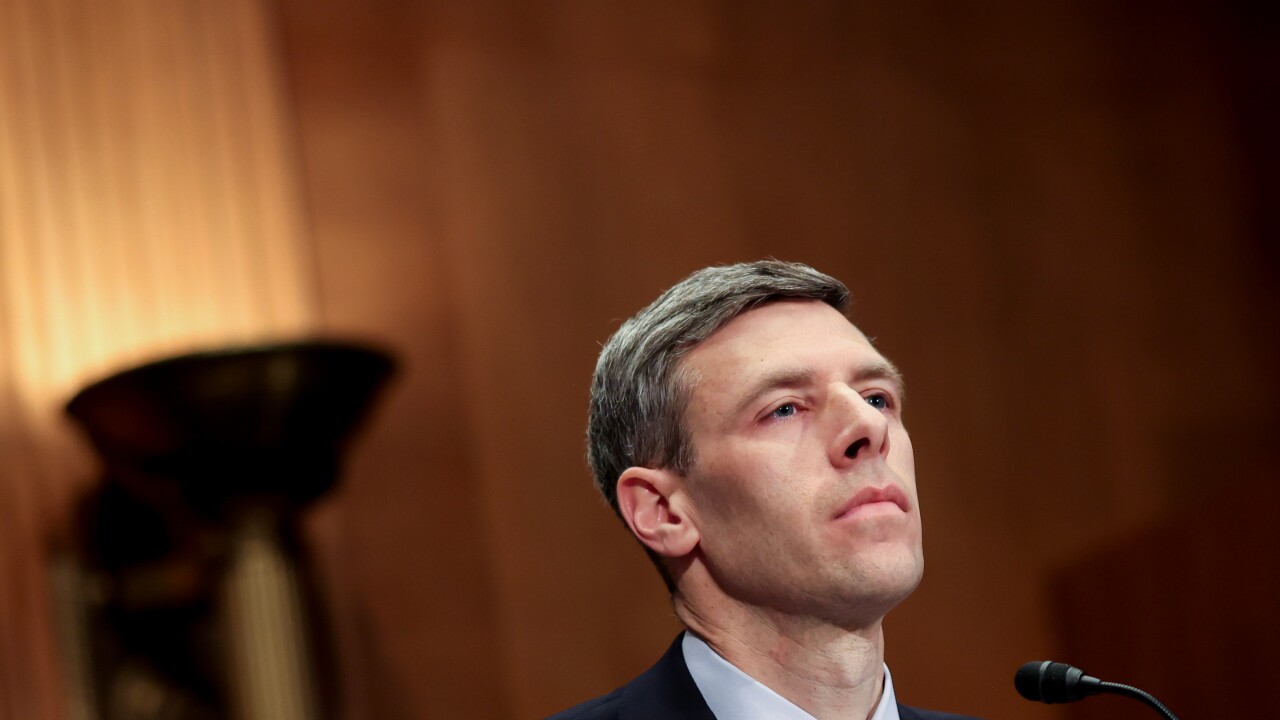It’s widely believed that
But a blossoming of digital subscription services has reduced the number of consumers who pay money owed to companies through their banks’ apps or websites. Most services now require consumers to save their cards on file as part of the enrollment process, so there is never, in fact, a bill. In other words, traditional bill-pay strategies won’t even work.
A handful of banks have updated their
To that end, Q2 launched a feature last year that prompts consumers to update their credit or debit card data on say, their Amazon or AT&T accounts through their mobile banking app. The big idea is to help the institution become the default card on popular subscription services to earn interchange revenue, all the while, saving the consumer time and hassle from reentering all of card data on various billers’ websites.

Beyond simplifying one of the reasons people are reluctant to change bank accounts, Q2 sees the feature, called CardSwap, as a way to ease the burden for existing customers who will inevitably get a card reissued due to an expiration date or a data breach.
“Oftentimes, it is a painstaking issue for the user,” said Paul Walker, a general manager for Q2 Open.
Currently, the feature works with more than 30 popular services that range from cellphone data providers to entertainment subscriptions. While Q2 said a multitude of its bank customers have purchased the feature, the mobile banking fintech provider
So far, Chime has been primarily promoting CardSwap for new enrollments, which continue to mount. By the end of January, Chime expects to have more than 800,000 accounts. While it is early days for a feature the neobank still considers beta, CardSwap users are swapping two of their bills over to the Chime card, with Netflix and Amazon ranking at the top.
“The early numbers are looking good,” said Chris Britt, chief executive and co-founder of Chime, which has partnered with The Bancorp Bank to hold deposits.
For Chime, the feature embodies the way the brand wants to deliver its products. “We want it to be easy,” said Britt. “We want it to be convenient.”
Its revenue model depends on it. Chime, which doesn’t charge fees, relies on interchange revenue, after all. It also views securing recurring subscription payments as part of the equation to solidifying the long-term relationship it seeks.
But make no mistake: This is not traditional bank bill pay, which is often tied to paper checks or the ACH system.
This point is of great importance to any bank. Historically, banks have had a love-hate relationship with traditional bill pay — institutions love that bill pay helps customers remain at their banks but hate how much it costs — and the Q2 model promises to offer some revenue, unlike bank bill pay of years past.
True, Q2 charges bank partners for the end user’s first “swap,” but Walker says the pricing is designed to keep the CardSwap product profitable. The institution, after all, will collect interchange from the transactions the person makes for downloading Selena Gomez’s latest hit or the latest episode of "Big Little Lies."

David Albertazzi, a senior analyst with Aite Group, views this model as addressing a components that has been missing from that equation: the flexibility in how someone pays a bill. “It’s providing more value into the mobile app,” said Albertazzi.
Tony DeSanctis, senior director at Cornerstone Advisors, says Q2’s feature will become even more valuable as its list of merchants becomes more extensive. As he sees it, the ability to earn interchange money is the top reason banks should adopt the feature at a time when the prevalence of pulling a card out of wallet and demonstrating the brand continues to decline.
There is room for improvement. DeSanctis says the average community bank needs to market itself more aggressively to be the default card for key merchants. “The more things move to the digital space, the more critical it will be to make sure you are a part of the new ecosystem,” he said in an email.
The Q2 feature represents another trend: helping consumers manage their digital data through the bank. It’s a feature likely to grow in importance at a time when the esoteric issue is gaining more air time
As Walker sees it, the feature, which was derived from Q2’s
Already, Walker sees a day where CardSwap could be expanded to update someone’s new address on any accounts the person synced through the bank app after he or she moves, for instance. “It’s a pain to change the address,” he said.





